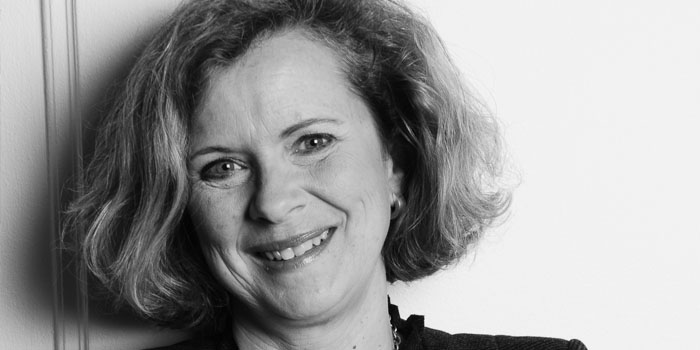
Good design promotes creativity
Alexandra Moore, an interior architect at M.O.R.E Design Concept, has led an exciting research project, ‘Design factors for wellbeing and creativity in the work environment’, conducted at Luleå University of Technology in Sweden. Her stance is clear, creating a more inspiring working environment is good for business.
How does the design of the workplace affect our creativity?
Light is one of the absolute key factors. It controls the production of hormones and consequently how we feel. However, it’s not simply a question of providing enough light and avoiding the risk of glare, it’s also about variation.
When I design offices, I look at the light from three different perspectives: natural light, artificial light and the relationship between light and shadow. But the light has to be put into context. Noise, colour and ventilation are three other factors which play an incredibly important role in how we perceive our workplace.
Is it possible to consciously increase creativity at the office using design and furnishings?
Yes! Although we have only recently began to understand the link between how we are affected by our surroundings and its impact on how we feel and perform. A job used to be something you went to every day, almost like an administrative production line. Now, thanks to research, we know which factors have an impact – not just emotionally but also in pure biological terms.
This opens up interesting opportunities to make positive changes. In the long term, human wellbeing means greater profitability for the company as we will definitely be more productive. And if we’re talking about creativity in terms of ingenuity and innovativeness, then it’s essential for companies to invest in skills development.
Creativity requires energy and this can be acquired through a good working environment. Equally a well designed workspace can also strengthen the company’s brand and help attract new and creative employees.
What is your approach to working with light?
Lighting is really important for creating different moods. Wherever possible I try to use lighting control, especially in conference rooms. The lighting now should be linked to the IT as there are so many different lighting scenarios and technical aids that feature in our meetings.
I also like to work with LEDs. The initial investment costs are now at a reasonable level while the operating costs are minimal. From a creative perspective, LEDs are perfect as the technology provides so many opportunities to create beautiful effects, for example adding colour through glass.
 There’s no quick fix, no one-size-fits-all solution. If you want to have a creative and stimulating working environment, then you have to take the specific situation as a starting point; the company, the people the room, and then adapt the design accordingly. One piece of advice I can give you is that you should make sure to build in flexibility right from the start. These days’ companies reorganise things about every six months. You need to have an office which can function, even after the next reorganisation takes place, so that you avoid having to start from scratch...
There’s no quick fix, no one-size-fits-all solution. If you want to have a creative and stimulating working environment, then you have to take the specific situation as a starting point; the company, the people the room, and then adapt the design accordingly. One piece of advice I can give you is that you should make sure to build in flexibility right from the start. These days’ companies reorganise things about every six months. You need to have an office which can function, even after the next reorganisation takes place, so that you avoid having to start from scratch...
Is the office on its way out?
No! The office will survive. But it’s going through a major change in form. Nowadays we are just as likely to work at home as in a hotel lobby. And, personally speaking, I think this is just the beginning. But even if we’re not tied to our desks anymore, we still need to meet the requirements for ergonomics and proper equipment. Not to mention the right working light. This will be the next big challenge.